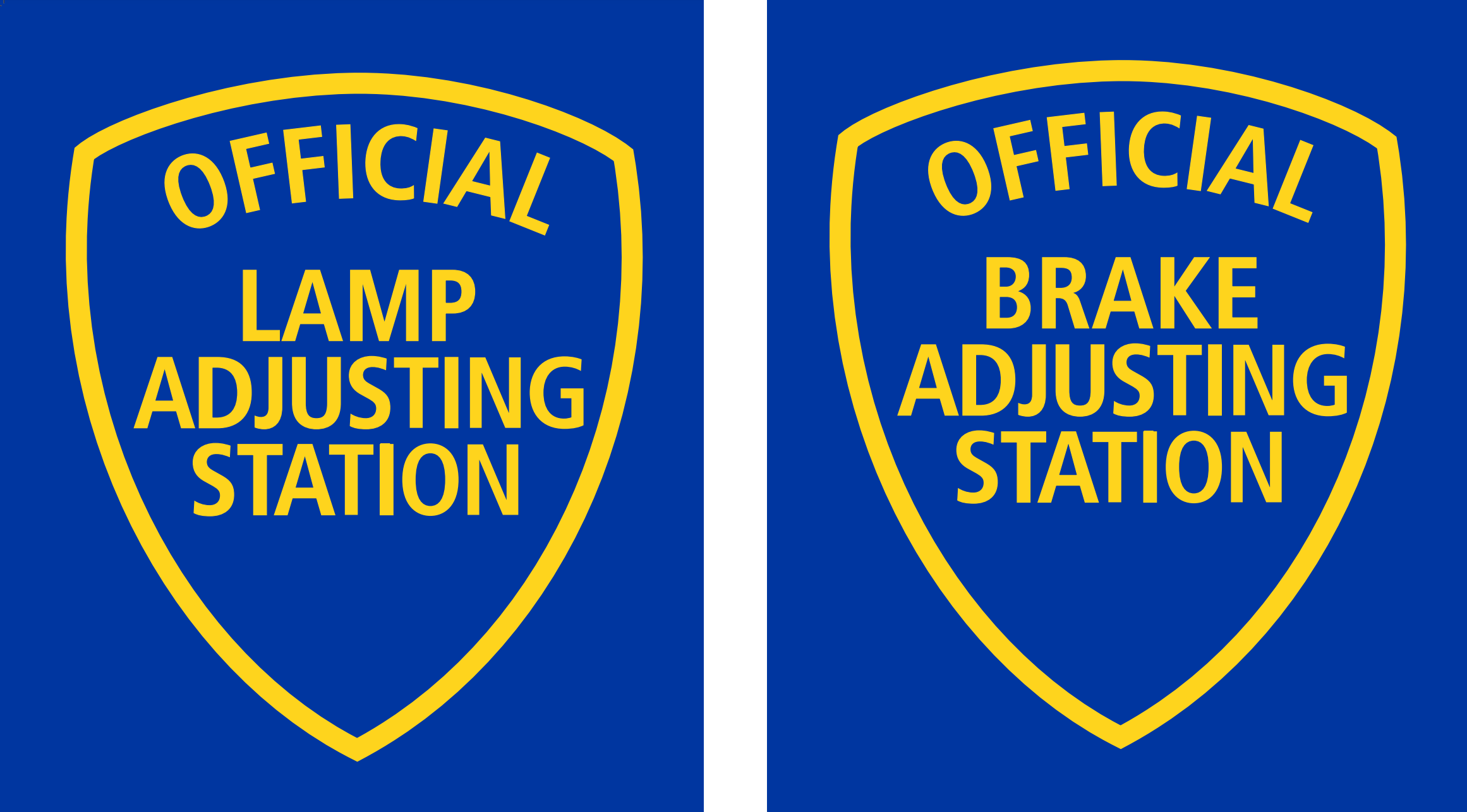
"A good name is rather to be chosen than great riches!"

Tips for passing smog inspection
-
Make sure the check engine line is off
A constantly illuminated Check Engine or MIL light is an automatic smog failure. Note: We cannot refuse to test your vehicle based on the fact that we notice an illuminated light. We must perform the smog check and fail your vehicle. This is California State law.
-
Make sure the your vehicle runs properly
Do not subject your vehicle to a Smog Inspection if it does not run properly. Chances are that it will fail the smog check and you will lose your inspection fee. Seek repair assistance first. This will save you time and money, and insure your vehicle will pass the smog test.
-
Warm up your vehicle
Drive your vehicle for at least 20 minutes prior to arriving at the smog station. This will ensure your vehicle is properly warmed up and is running at it's optimum level. A sufficient time to warm-up your vehicle can be accomplished through driving for at least 10 to 15 miles.
-
Change the engine oil
If it's close to your next oil change interval, go ahead and do it before the smog check. Contaminated oils are high in Hydrocarbons (HC) and will present a rich mixture to the engine chambers. Avoiding oil changes not only engine wear but can also cause your vehicle to fail the smog inspection.
-
Do not disconnect the car battery before arrival
When you disconnect the battery, the car's computer will erase all memory and in order to pass smog you will have to drive at least 50 - 100 miles.
What results in a failure for Lamp Inspection?
- Any burned out bulbs
- Any improperly connected circuits which cause the lamps not to function or switch beams correctly
- A headlamp beam indicator lamp that does not indicate the proper beam to the driver or that does not function properly
-
Any cracked, broken or missing lenses
Stoplamps on vehicles manufactured on or after January 1, 1979, vehicles manufactured before January 1, 1979, shall emit a red or amber light. Defective lenses that emit white light during normal operation are not permitted.
- A lamp with dirt or moisture inside
- A lamp which is not securely or properly fastened to the vehicle
- A lamp not perpendicular to the roadway or mounted as designed
-
A lamp showing a beam or color contrary to law or regulation
i.e., blue dot taillamps, white tail lamps, blue or yellow headlamps, as well as extremely faded lenses.
- Any aftermarket lights, bulbs or signaling devices that are not D.O.T. approved, that have been installed in place of factory lighting equipment
- Any auxiliary equipment, screens, or plastic covers placed on, in or in front of the lamp
- License plate light must be working properly
- Headlamps, Fog Lamps, Tail Lamps must be at the proper heights
What results in a failure for Brake Inspection?
- Any drum or rotor exceeds the vehicle or parts manufacturer's service limits
- The thickness of the brake lining (friction material) is found to be less than that specified by the manufacturer's service limits
- The vehicle fails to stop within the required distance (25 feet at 20 mph for a passenger car)
- The parking brake system is found to be inadequate or inoperative
- Tires on the same axle should have the same tire tread pattern, and size
-
The vehicle brake lights and brake 'warning lamp' in the dash must function properly
When you disconnect the battery, the car's computer will erase all memory and in order to pass smog you will have to drive at least 50 - 100 miles.
-
Brake Rotor Thickness, Brake Pads, Brake Shoes, Brake Drums, Brake Rotor Thickness
These should not exceed the vehicle or parts manufacturer's service limits.